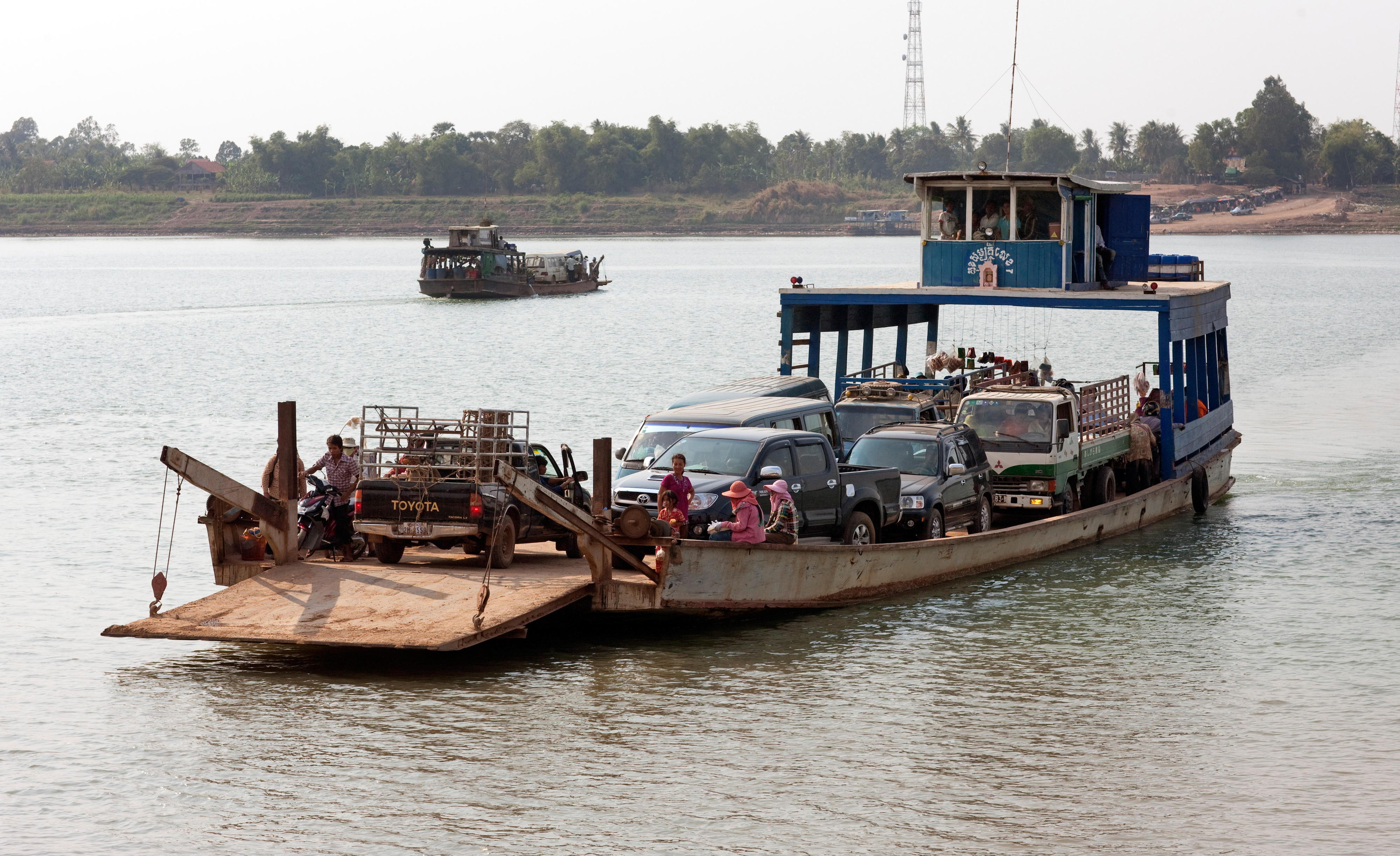Car ferry on the Mekong river, Cambodia
Copyright© Thomas Köhler/photothek.net
Economic situation Stable growth, loss of biodiversity
In 2022, gross domestic product rose by 5.2 per cent, and the World Bank predicts increasing growth for the coming years as well, though not on the same scale as before the pandemic. The most important economic sectors are agriculture, textiles and shoe production, the construction industry and tourism.
Cambodia's economic structure has undergone major changes since the start of the 1990s: agriculture has been declining in terms of importance and now accounts for just 22 per cent of gross domestic product. Meanwhile, the services sector now accounts for a third of GDP, and manufacturing for nearly 40 per cent.
Massive loss of rainforest
Although official legislation meant to protect the environment exists, implementation of the legal provisions is inadequate. For example, approval is granted for dam projects on the Mekong River and concessions are awarded for large-scale logging activities, without adequate consideration being given to the sometimes serious damage being caused to the environment. A further problem is the illegal logging of and trade in tropical timber, in which influential members of the business community and the military are also involved.
In 2021, around 45 per cent of the country was covered by forest. This is compared to 61 per cent forest cover back in 2000.
As at: 18/01/2024
